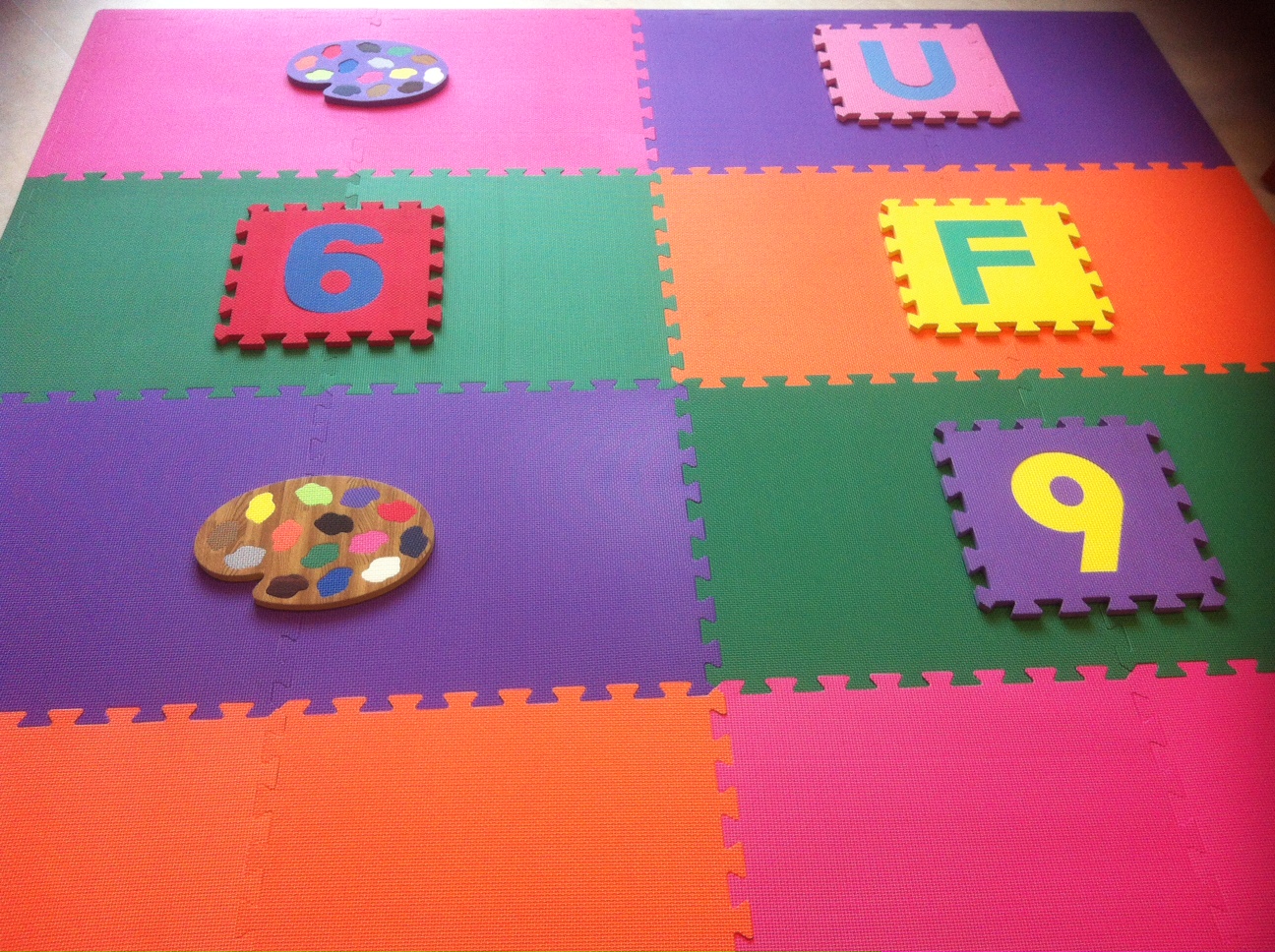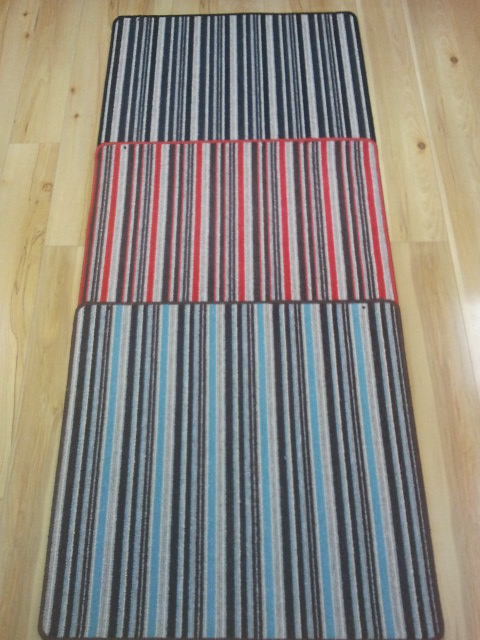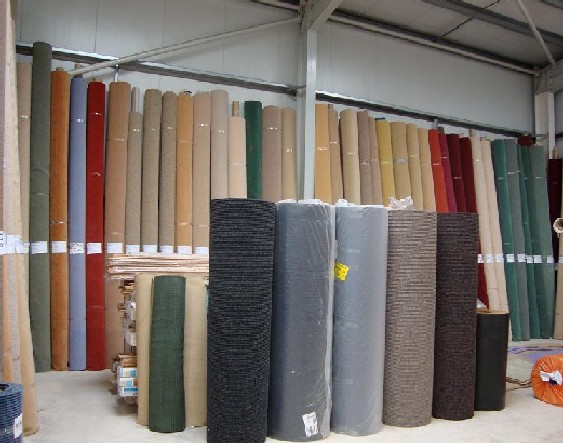Childs Play
0
It’s nearly holiday time for the kids again and the weather is not great as usual in Ireland.
Why not turn your spare room or Garage into a play room with our Soft foam play tiles.
Create your own unique play floor from our extensive range of vibrant colours.
These high quality interlocking non toxic foam tiles are easy to install, store and clean.
The tiles conform to European safety and flammability standards and are CE approved.
Have peace of mind when the kids are playing on your new soft foam floor.
Please contact us for a quote.
Inistioge Stripe Carpet
Inistioge Stripe
Just arrived into our showroom is this new range of luxury stripe carpets ideal for all areas in your home, available in a range of colours to bring some vibrancy and style into your home,
This loop pile carpet is very hard wearing and durable, making it a good choice for areas that see a lot of traffic,
As well as being easy to maintain, this carpet is available in a felt backing making it possible to install directly to the floor.
Call to our showroom to view all the colour choices in this new range,
Click on image to enjoy this exciting range
Summer Clearance Sale
We are cleaning for Summer time at Carpets Direct and want you to help us,
All Carpet and Vinyl ends are reduced to clear.
So if you are looking for carpets for your stairs, sitting room, bedroom or any room in your home, come visit us to view our wide range of options.
Alternatively we have a great range of vinyl ends and remnants in various colours and styles to suit your decor.
There are great savings to be made so come quickly before we are all cleaned out!












